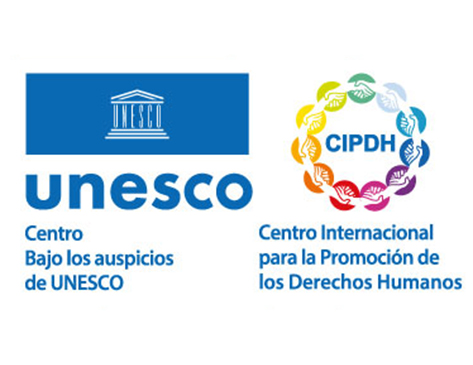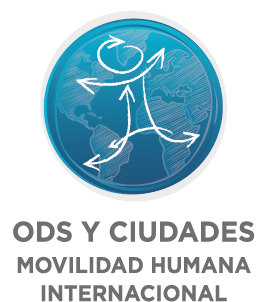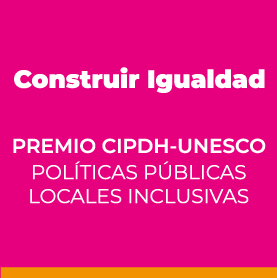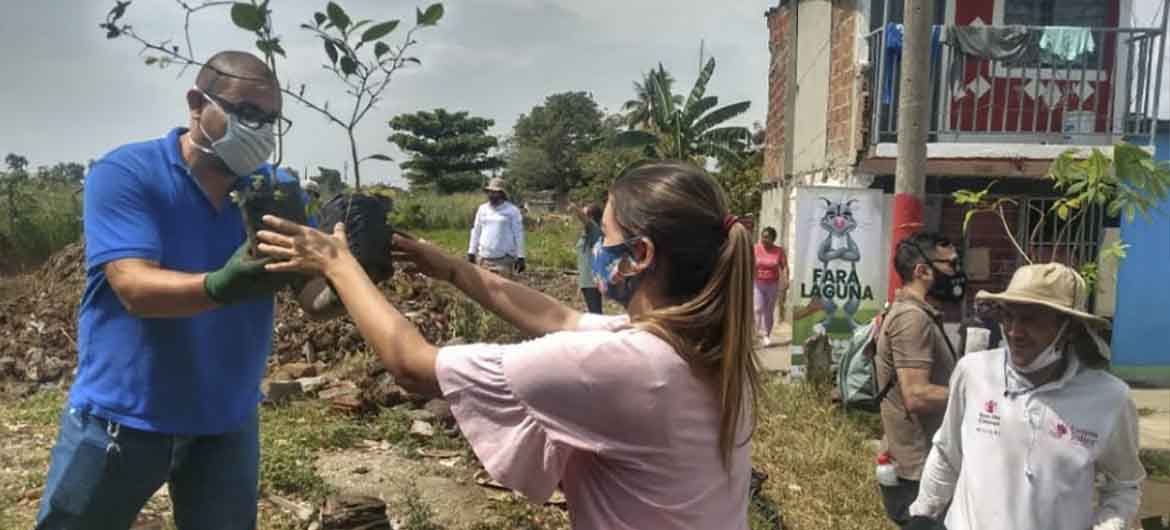
- Region
- Latin America and the Caribbean
- Range of Demographic Size
- 1,000,000 inhabitants or more (metropolis)
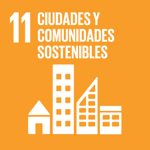
11.1 By 2030, ensure access for all to adequate, safe and affordable housing and basic services and upgrade slums.
11.2 By 2030, provide access to safe, affordable, accessible and sustainable transport systems for all, improving road safety, notably by expanding public transport, with special attention to the needs of those in vulnerable situations, women, children, persons with disabilities and older persons.
11.3 By 2030, enhance inclusive and sustainable urbanization and capacity for participatory, integrated and sustainable human settlement planning and management in all countries.
11.4 Strengthen efforts to protect and safeguard the world’s cultural and natural heritage.
11.5 By 2030, significantly reduce the number of deaths and the number of people affected and substantially decrease the direct economic losses relative to global gross domestic product caused by disasters, including water-related disasters, with a focus on protecting the poor and people in vulnerable situations.
11.6 By 2030, reduce the adverse per capita environmental impact of cities, including by paying special attention to air quality and municipal and other waste management.
11.7 By 2030, provide universal access to safe, inclusive and accessible, green and public spaces, in particular for women and children, older persons and persons with disabilities.
11.a Support positive economic, social and environmental links between urban, peri-urban and rural areas by strengthening national and regional development planning.
11.b By 2020, substantially increase the number of cities and human settlements adopting and implementing integrated policies and plans towards inclusion, resource efficiency, mitigation and adaptation to climate change, resilience to disasters, and develop and implement, in line with the Sendai Framework for Disaster Risk Reduction 2015-2030, holistic disaster risk management at all levels.
11.c Support least developed countries, including through financial and technical assistance, in building sustainable and resilient buildings utilizing local materials.
Universal Declaration of Human Rights (UDHR).
Additional Protocol to the American Convention on Human Rights in economic, social and cultural rights (San Salvador Protocol).
Summary
For the first time in Colombia, a public body at the territorial level is determined to attend to some of the most significant needs of its citizens through an innovative and internationally acclaimed policy, which offers a comprehensive solution to the following issues:
1.- Qualitative public space deficit.
2.- Low use of plastic waste.
3.- High youth population with low possibilities of technical training and working relationships.
4.- High risk of violence, especially among vulnerable youth.
5.- Low appropriation of public space.
Implementation of public policy relies on the active participation of local citizens, since Cali Ecocrea understands the design of public space under a framework that involves cocreation and codesign as methodologies that are transversal to the project. These methodologies are essential because, through these building spaces, common ground for dialogue is developed, which allows for a distributed and horizontal power relationship to the benefit of the community and the learning process of all interested parties.
By building these participative design spaces, ideas come to life from their own realities and a sense of appropriation of the territory is ensured while tools and skills are exchanged with the participants, something that prompts participants into action and the empowerment of their space. In addition, by implementing a cocreative methodology, more high-risk youth from the targeted territory become involved.
Implementation Date:
Start: 03 / 8 / 2020
End: End: Currently in force
Society in general
Education and training
- Email: ricardo.castro@cali.gov.co
- Web: http://www.cali.gov.co/
- Social Network:
Instrumentos

11.1 By 2030, ensure access for all to adequate, safe and affordable housing and basic services and upgrade slums.
11.2 By 2030, provide access to safe, affordable, accessible and sustainable transport systems for all, improving road safety, notably by expanding public transport, with special attention to the needs of those in vulnerable situations, women, children, persons with disabilities and older persons.
11.3 By 2030, enhance inclusive and sustainable urbanization and capacity for participatory, integrated and sustainable human settlement planning and management in all countries.
11.4 Strengthen efforts to protect and safeguard the world’s cultural and natural heritage.
11.5 By 2030, significantly reduce the number of deaths and the number of people affected and substantially decrease the direct economic losses relative to global gross domestic product caused by disasters, including water-related disasters, with a focus on protecting the poor and people in vulnerable situations.
11.6 By 2030, reduce the adverse per capita environmental impact of cities, including by paying special attention to air quality and municipal and other waste management.
11.7 By 2030, provide universal access to safe, inclusive and accessible, green and public spaces, in particular for women and children, older persons and persons with disabilities.
11.a Support positive economic, social and environmental links between urban, peri-urban and rural areas by strengthening national and regional development planning.
11.b By 2020, substantially increase the number of cities and human settlements adopting and implementing integrated policies and plans towards inclusion, resource efficiency, mitigation and adaptation to climate change, resilience to disasters, and develop and implement, in line with the Sendai Framework for Disaster Risk Reduction 2015-2030, holistic disaster risk management at all levels.
11.c Support least developed countries, including through financial and technical assistance, in building sustainable and resilient buildings utilizing local materials.
Universal Declaration of Human Rights (UDHR).
Additional Protocol to the American Convention on Human Rights in economic, social and cultural rights (San Salvador Protocol).
Location
- Region
- Latin America and the Caribbean
- Range of Demographic Size
- 1,000,000 inhabitants or more (metropolis)
Contact details
- Email: ricardo.castro@cali.gov.co
- Web: http://www.cali.gov.co/
- Telephone:
- Social network:

